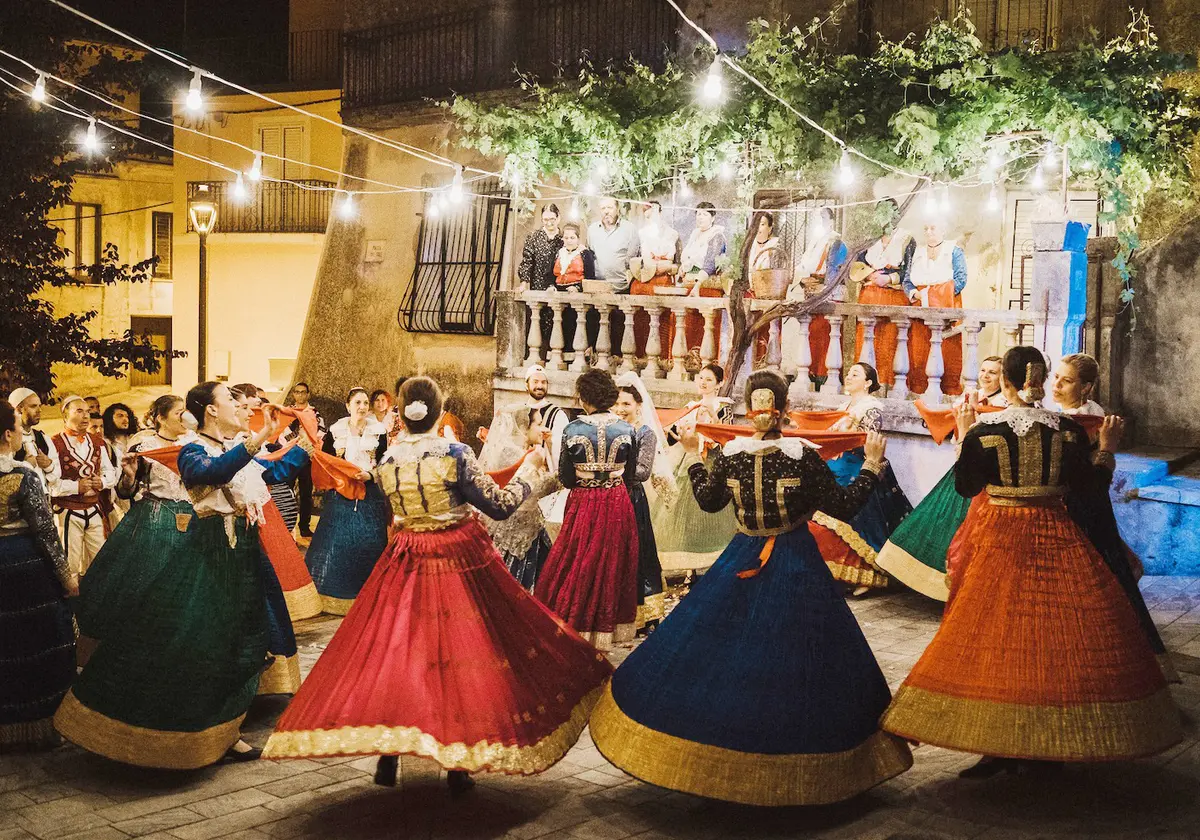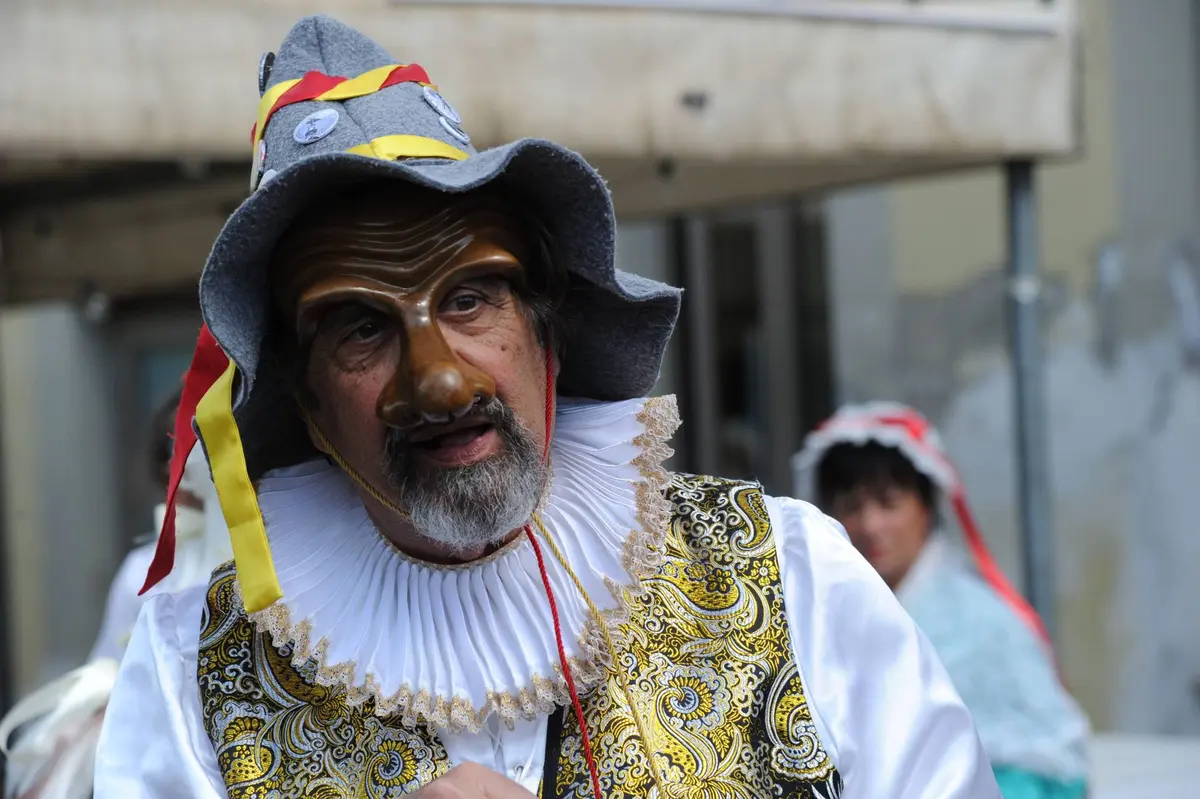Discovering the art of textiles in Longobucco
Weaving in Longobucco: history of a centuries-old Silan tradition
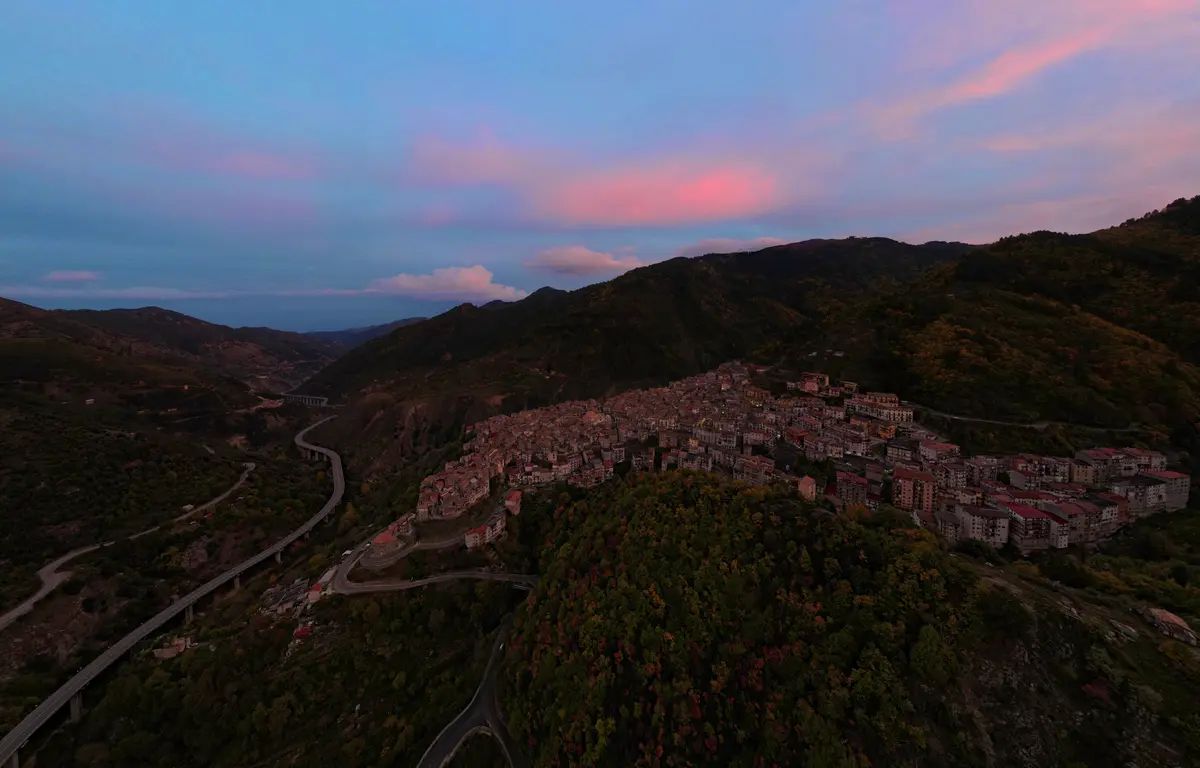
Tradition and folklore
Longobucco - Regione Calabria
Situated in the heart of the Sila Greca in the province of Cosenza, in the Sila National Park, and known for its renowned textile art, Longobucco is historically linked to the production of rugs and blankets made by hand, as well as silver mining.
The pride of local craftsmanship, weaving in Longobucco has been handed down for generations and still represents excellence in the Calabrian textile scene.
Let's discover the origins of this ancient art and the attractions of Longobucco.
Origins of weaving in Longobucco
The textile art of Longobucco is a feminine tradition that is part of the broader tradition of Calabrian textile craftsmanship, which has very ancient origins. It is a sector that still today gives great satisfaction in the sphere of craftsmanship and enterprise throughout the region, where it is diversified in terms of both the use of raw materials and the workers and innovative solutions.
Weaving in Longobucco writes a page of identity history, which has always been ‘intertwined’ with the manufacture of carpets, wool, cotton and silk fabrics, hand-embroidered with a rich repertoire of ancient and contemporary designs. As documents and the artefacts themselves show, the origins of Longobucco's textiles are closely linked to the time of the Saracen pirates' raids in Calabria, when women who had been kidnapped and then freed brought back to their homeland the art of weaving learnt in the East. Although the Calabrian art of weaving dates back to even earlier times, with the first colonies of Magna Graecia, Longobucco claims its own medieval tradition of oriental origin.
Those wishing to learn more can visit the Permanent Exhibition of Handmade Fabrics set up in Longobucco's old town centre, or visit one of the most important family-run textile and yarn manufacturing companies in Calabria: that of the Celestino family (Celestino Tessuti d'Arte), established in the 1930s by master weaver Eugenio Celestino and continued by his son Mario. Here, it is possible to learn about the history of textiles in Longobucco through a precious photographic repertoire and a series of authentic pieces (such as those destined for the Royal Household and some important fashion houses), witnessing the various stages of processing and research into traditional yarns.
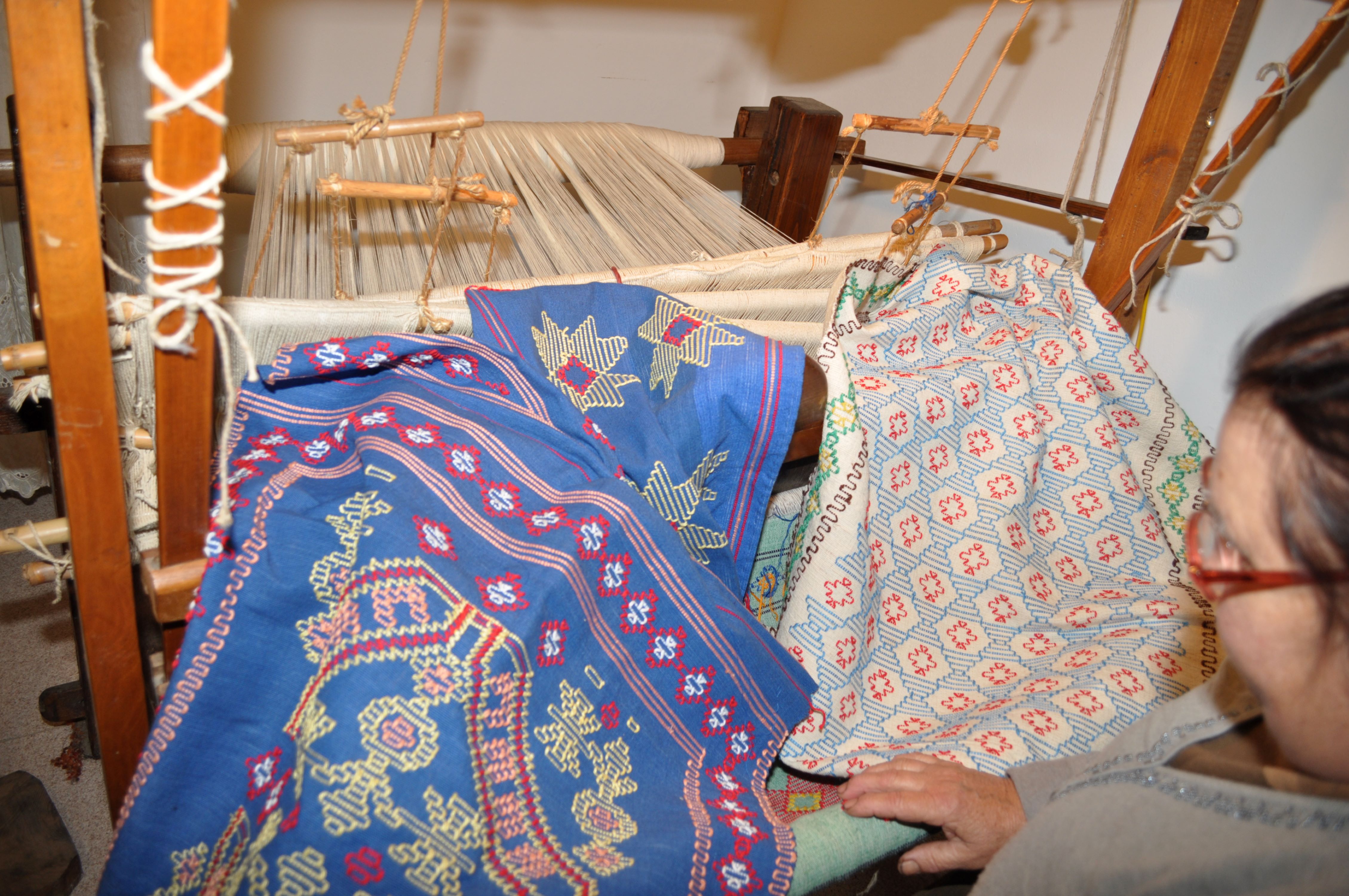
Textiles from Longobucco: unique creations
What makes the creations of Longobucco's textile art unique? First of all, the technique: the cloth is woven on the horizontal Calabrian loom, on which, at the same time, the hand-decorations are also carried out. The latter include ‘’flat stitch‘’ or ‘’relief stitch‘’ and the use of different raw materials, depending on production and customer requirements: sheep's wool, cotton, linen, broom and silk from silkworms.
A separate chapter deserves the study of the symbolism of the designs, rich in fascination and suggestion, ‘’woven‘’ with legends, superstitions and popular beliefs that have marked the life of ancient customs in the village. The traditional embroidery ‘’stitches‘’ and their underlying meanings are mainly the following:
- Judge's dot: specially designed by a mother to repay a judge who had brought justice to her son, who had been unjustly accused. It consists of a rhombus outlined by the teeth of a saw (symbol of the cleanness of Justice), with a pine tree on the right (longevity and strength) and on the left two vine branches and bunches of grapes (joy and abundance), on which two doves rest (peace).
- Hunting: an intricate ramification houses specimens of different animals, many of them exotic (giraffe, lion, panther, elephant, ostrich) to pay homage to the oriental origin of Longobucco's textile art.
- Vine shoot: grapes and vines are traditionally auspicious elements, also used in liturgical vestments.
- King's head: a traditional motif consisting of a sumptuous vase of flowers, known as the ‘King's Vase’, used to pay homage to important personalities.
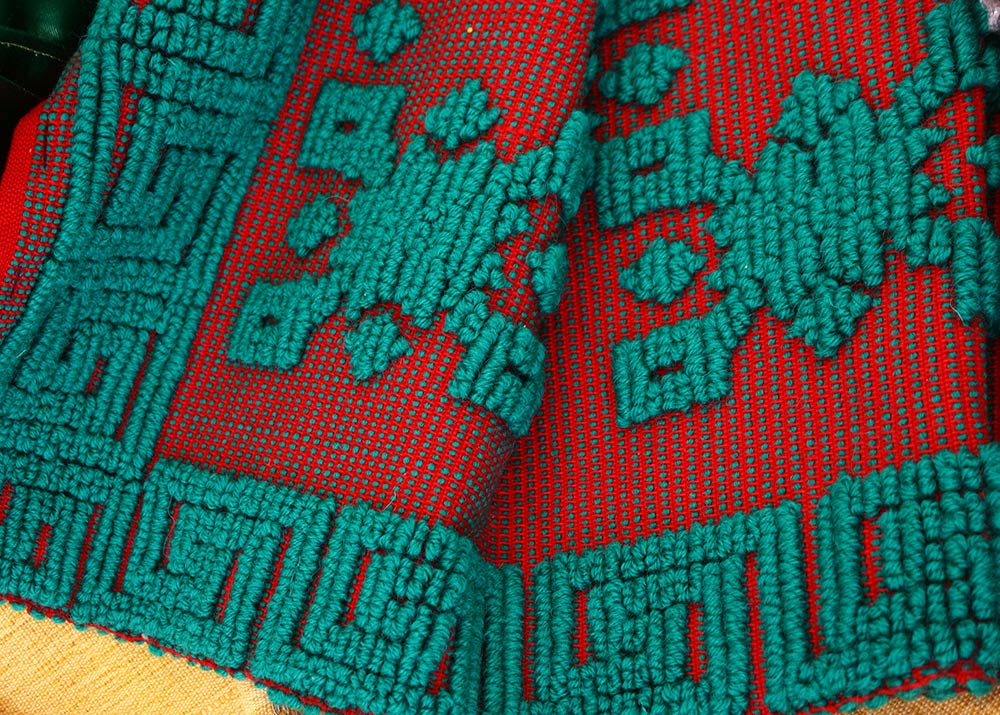
Not to be missed in Longobucco
Weaving in Longobucco is not the only attraction of the Sila village, which boasts a history deeply linked to the Aragonese sovereigns, in particular Isabella of Aragon, and a more recent one, involved in the southern phenomenon of brigandage: the feared brigands Palma, Faccione and Santoro, the legendary ‘King Coremme’ sung by popular tradition, were natives of Longobucco. Many places in the town centre are linked to these ancient local stories.
The symbol of the old town is the Civic Tower (11th century), adapted into a bell tower and known by the inhabitants as u campanàru, next to the Mother Church of the Assunta. The artfully carved portals, on the other hand, bear witness to the refined workmanship of the stone: an example of this is Palazzo Citino, with its traditional apotropaic masks, and the residences overlooking Piazza Matteotti.
Longobucco is a favourite destination for those wishing to go hiking and trekking along the Sila National Park trails and visit the not-to-be-missed Sila Handicraft and Soil Defence Museum, housed in the former Franciscan Monastery. The museum represents an important outpost for the dissemination of knowledge of the Sila territory and its population, narrating it through themes related to local handicrafts, which in addition to Longobucco's textiles include silver metal extraction and goldsmithing, wood and stone working. It is no coincidence that the historical-naturalistic path known as the ‘’Mines Route‘’ starts from the village, along which it is possible to admire the ancient silver quarries and observe the installations illustrating the extraction and processing of silver galena.
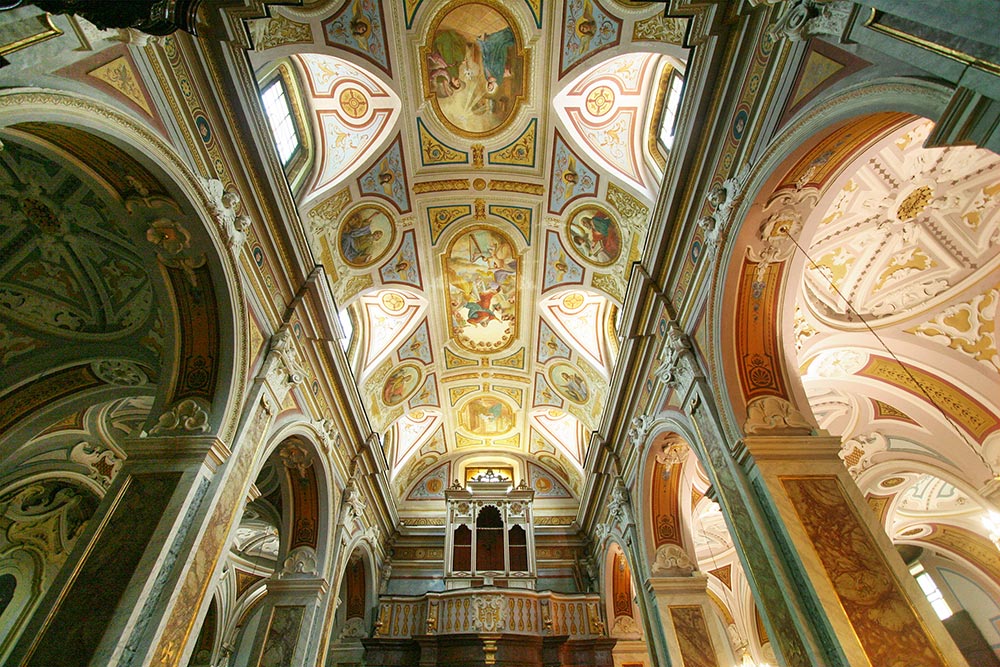
https://calabriastraordinaria.it/en/news/discovering-the-art-of-textiles-in-longobucco


